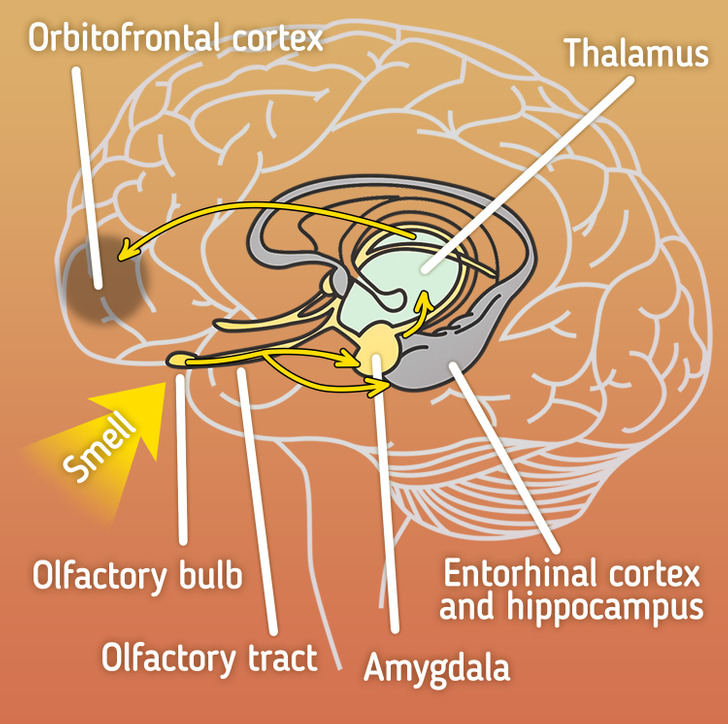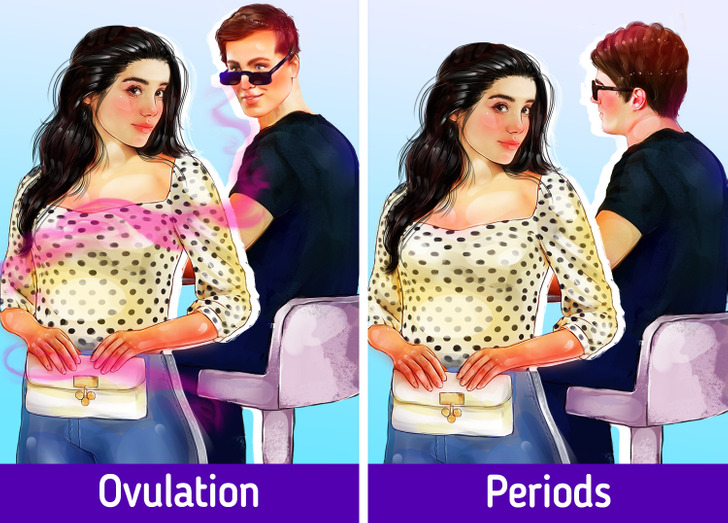Whether or Not People Choose Partners by Their Smell

Scientific literature commonly claims that humans can distinguish 10,000 odors, but this number has never been verified in practice. Based on the results of psychophysical testing, scientists have calculated that the human sense of smell is capable of capturing at least 1 trillion odors. This proves that the olfactory system, with its hundreds of receptors, is far more superior to other sense organs in terms of the number of physically distinguishable stimuli.
We at 5-Minute Crafts decided to find out whether these trillions of odors can help us find the love of our life.
How the sense of smell works

Despite the fact that a person can smell 1 trillion odors, defining them is quite hard because our language simply doesn’t have so many words to describe them all. The sense of smell doesn’t work directly with the thalamus of the brain, which is associated with the regulation of the level of consciousness.
Instead, the smell comes from the nose to the cerebral cortex, triggering emotions and memories without us even knowing it. A person is amenable to a certain influence and doesn’t even realize it.
Moreover, with the help of this smell, we can find out certain information about our interlocutor. For example, a 2015 study held in Israel found that smelling your hand after shaking hands with someone can reveal their health and genetic compatibility. Also, you can find another person’s emotional condition. Of course, these feelings are captured subconsciously.
For decades, scientists believed that humans weren’t very good at identifying smells. Our animal ancestors used their noses much more frequently. But we rarely need the sense of smell in everyday life. It’s for this reason that our eyesight is superior to the sense of smell in many situations.
💡 Interesting fact: No study has been able to clearly identify human sex pheromones that attract the opposite gender. The need for cleanliness and the absence of foreign smells from the participants are the main difficulties in studying them. Typically, experiments focus on 3 classes of putative human pheromones: axillary steroids, aliphatic acids, and vomeronasal organ stimulants.
How the sense of smell helps choose a partner

With the help of smell, we can recognize the major histocompatibility complex (MHC), which is important in the immune system. As a rule, the more diverse the MHC genes of the parents are, the stronger the immunity of the offspring is. Scientists know that animals like mice and rats can determine how genetically related they are to other members of their species by sniffing each other’s urine. Humans also have this skill, but fortunately, the smelling of urine is not required for it.
Swiss biologist Claus Wedekind is known for his “research of a sweaty T-shirt.” The study asked men to wear the same T-shirt for 2 days without using deodorant, cologne, or scented soap. Then different women were asked to smell these clothes and point out the options that were most attractive to them. The results showed that women are most attracted to men with an MHC that is as different as possible from their own.

- Men find female body odor pleasant during the follicular phase of the menstrual cycle when women are most fertile. A the same time, they find it least attractive during periods. It could’ve been useful for our ancestors for them to spot good candidates for reproduction. At the same time, a high testosterone level in men makes them more attractive to the opposite sex.
- In addition, some flavors can make us more desirable to potential partners. For example, women who smell like grapefruit may appear younger to men. The age difference can be up to 6 years.